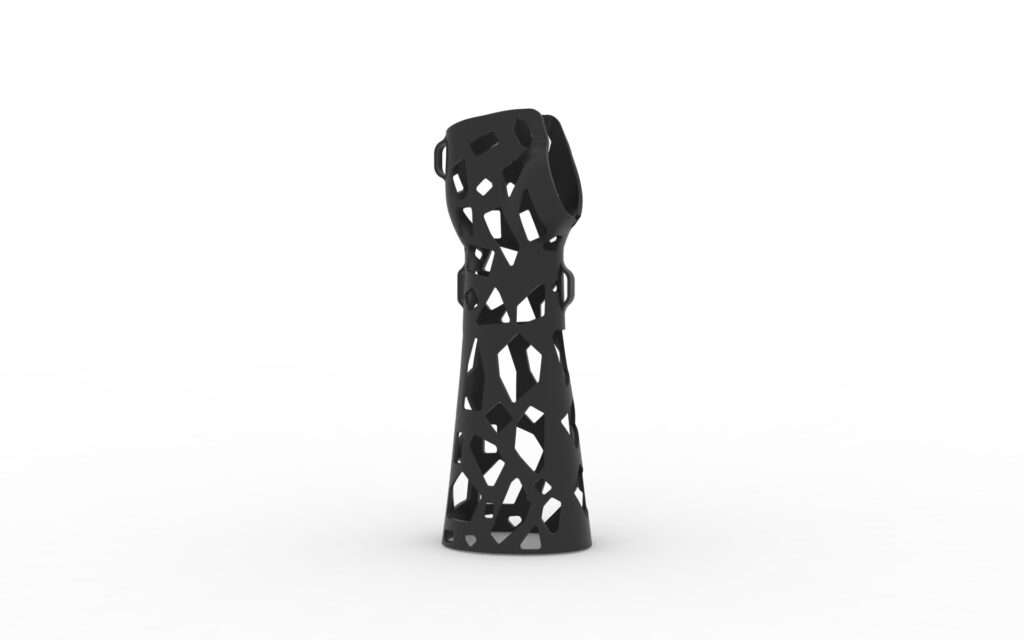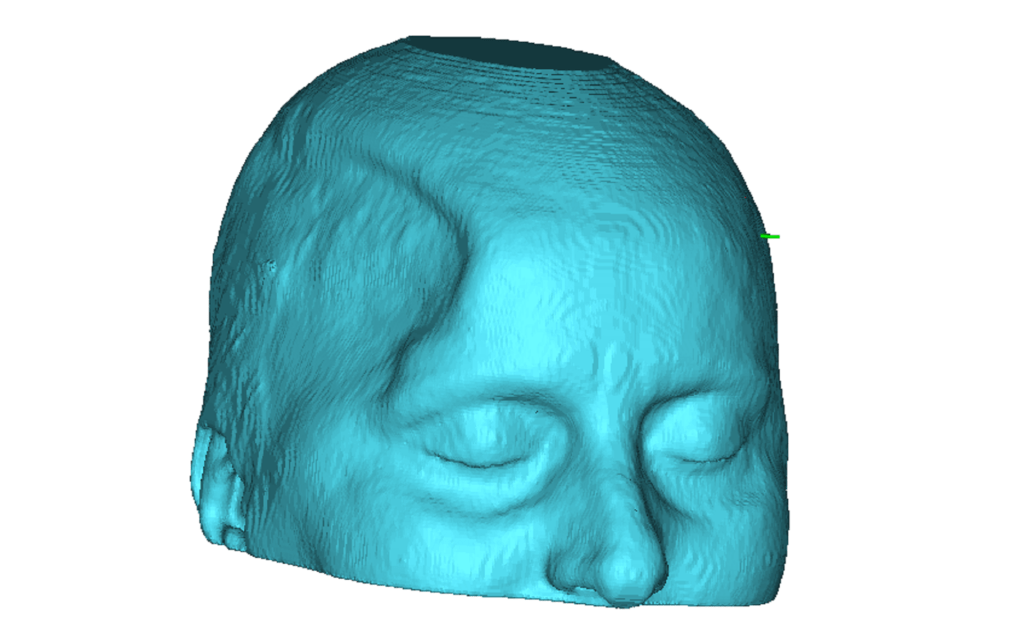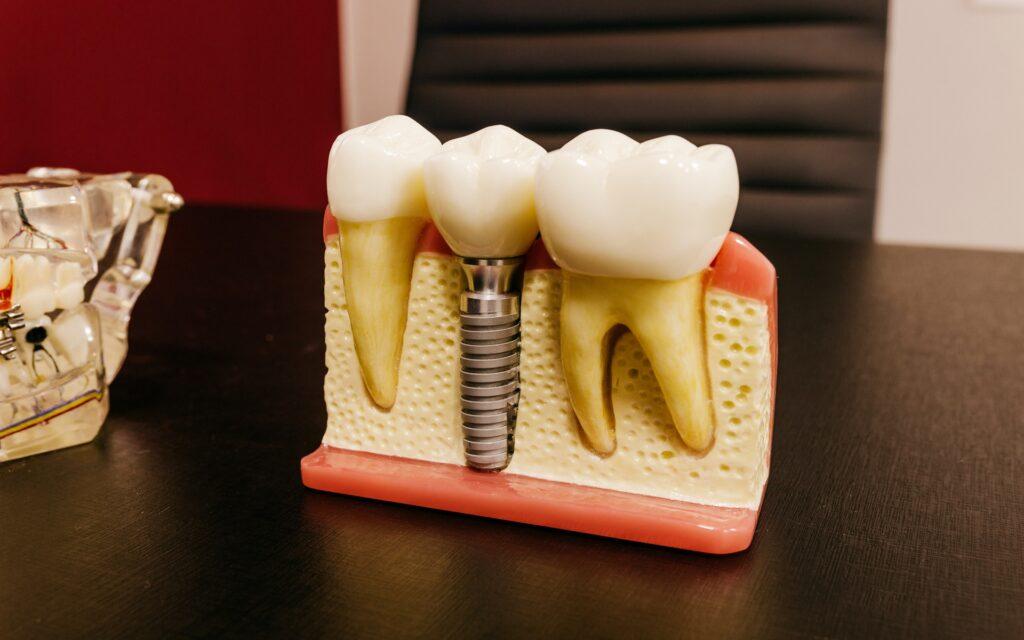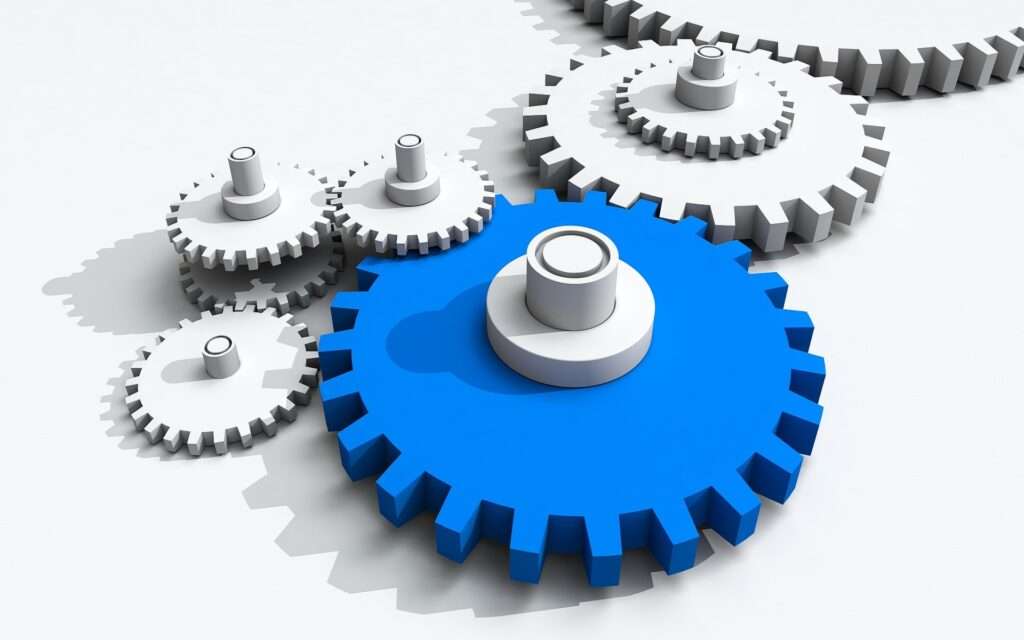What is Prosthesis?
A prosthesis replaces a physical component that may have been amputated, lost in an accident, or missing from birth. As part of their treatment for cancer, diabetes, or a severe illness, many amputees lost a limb. Modern prostheses for the hands, feet, and face blend in quite nicely. More often than not, they are utilized to enhance beauty rather than function. However, scientists are now working on producing hands with functional fingers. In simple words, if we can say, a prosthesis is a man-made substitute for a missing body part.
Prostheses of right leg (Source – News-Medical)
Source – Strategic Market Research
Types of Prosthesis
Prostheses come in a wide variety of styles. Others are installed via surgery (implants), while some are worn outside the body and may be put on and taken off (external prosthesis).
- arm prosthesis fitted at, above, or below the elbow
- leg prostheses fitted at, above, or below the knee
- hand, foot, finger, and toe prostheses
- a fake breast worn in the bra to replace a breast removed due to cancer
- hearing aids
- artificial eyeballs
- ear, nose or eye socket replacements
- an artificial soft or hard palate (worn like a dental plate)
What is a Prosthetic Hand?
In simple words, a prosthetic hand is an artificial body part made for persons who lose one or both hands, due to any reason.
3D Printing of Prosthetic Hand (Source – Jaycon Systems)
Types of Prosthetic Hand
There are many types of prosthetic hands available in the market nowadays –
1. Passive Prosthetic Hand
A passive prosthetic hand, as the name indicates, lacks the control strategy joints seen in other prostheses. A passive prosthesis is prescribed for cosmetic reasons and replicates the anatomical structure of the hand, hand, and fingers. They place greater emphasis on the visual appeal of the body than on its use.
Artificial Aesthetic Hand (Source – IndiaMart)
Artificial Aesthetic Hand (Source – 3dsourced)
2. 3D Printed Mechanical Hands
Body forces and motions are used to drive the prosthetic parts of body-powered prosthetic hands. Through a harness and cable system fastened to the prosthesis, the force needed to operate and move the components is mechanically communicated from the user’s own residual muscles. This necessary muscular force is supplied from the opposing side in the case of high-level amputees (such as shoulder disarticulations), where a substantial section of the limb is missing.
3D Printed Prosthetic Hand (Source – Flexy Hand)
Prosthetic Hand -3D Printed (Source – Sourced)
3D Printed Prosthetic Hand (Source – NIH 3D Print Exchange)
3. Bionic Hands
A bionic hand is a great choice for people who want more capability than an externally powered hand can provide. Bionic hands have their own battery system to power their motions in addition to being controlled by the user’s muscles. In contrast, a passive prosthesis needs the entire body’s force to move.
Bionic Hand (Source – NewScientist)
Bionic Prosthetic Hand (Source – CNET)
4. External Battery Prosthetic Hands
Prosthetic joints that are controlled and moved by external sources of power are used in externally powered prosthetic hands. These prosthetic devices enable the patient to move actively without using their gross motor skills. Sensors and other input devices are frequently used by externally powered prostheses to collect electrical signals from the residual muscles. Batteries, electrodes, motors, switches, and several other electronic parts make up these systems, which finish the prosthetic route. The prosthetic hand may then be controlled by amplifying, processing, and changing the bioelectric impulses in this way.
Externally Powered Prosthetic Hand (Source – POLSKY)
Battery Powered Prosthetic Hand (Source – Nvidia)
Choosing the Right Prosthetic for You
Selecting the ideal prosthetic hand is a crucial choice for the patient. With so many possibilities, choosing the best one might be difficult, especially for individuals wishing to engage in unusual activities. Fortunately, advances in prosthetics have allowed users to select a hand based on their needs and lifestyle, regardless of the activity.
Market Survey of Prosthetic Hand
When an arm or other extremity is amputated or lost, rehabilitation might benefit greatly from using a prosthetic device or prosthesis. A prosthetic limb can increase movement, help with everyday tasks, and give many people the tools to maintain their independence.
A prosthetic hand can enhance your quality of life by enabling you to carry out many of the same tasks you did before losing a limb.
The use of prosthetics has a number of advantages, including a more realistic look and more control over the body portion that is missing a limb or component.
Grand View Research estimates that the global market for prosthetics and orthotics was worth USD 6.11 billion in 2020 and is projected to increase at a CAGR of 4.2 percent from 2021 to 2028.
A prosthetic hand or finger can be helpful in many ways and can –
- Restore length to a partially amputated finger
- Enable opposition between the thumb and a finger
- Allow a hand amputee to stabilize and hold objects with bendable fingers
Prosthetic Hand (Source – Engadget)
According to the Ministry of Statistics and Programm Implementation of India, 2.21% of the population is disabled. 20% of that population has a mobility impairment, and the majority of them reside in rural regions. These rural areas, where agriculture and construction are the two primary industries, have the greatest prevalence of amputations.
According to statistics, India is home to more than 500,000 amputees, with tens of thousands more being born each year.
An imprint cast of the affected area on the unharmed hand and the remaining finger or limb is used to create a prosthetic. The intricacies of the complete hand may be perfectly duplicated using this procedure. A translucent, flexible silicone rubber is used to create the prosthetic hand or finger. To provide the prosthesis with a realistic appearance and feel, the colors of the silicone were carefully chosen to complement the color of your skin.




